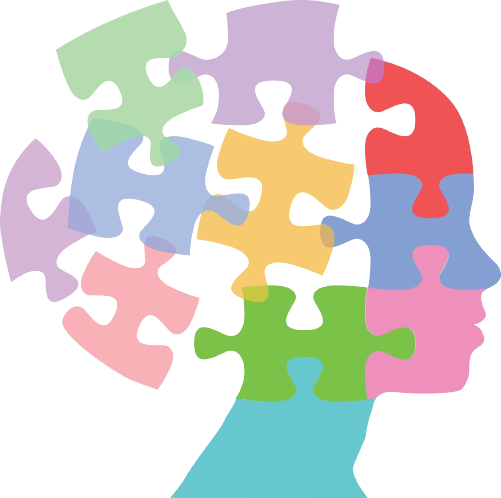The Evolution of “Neurodiversity”
People experience and engage in their world in a variety of different ways. The general idea of neurodiversity is there is no right or wrong way of thinking, learning, behaving, and navigating the world. Accepting differences as assets and not deficits is critical to widening our perspective of the world and continuously shaping who we are becoming.
An Australian sociologist, Judy Singer, coined the term neurodiversity in the 1990’s in an effort to advocate for equality and inclusion for those in the “neurological minorities”. Initially, neurodiversity was focused on a social justice movement but as time has passed it has come to represent how clinicians view and address various diagnoses and neurological conditions.
Diagnoses that are often included when thinking about neurodivergence are Attention Deficit Hyperactivity Disorder (ADHD), Autism Spectrum Disorder (ASD), Obsessive Compulsive Disorder (OCD), Tourette’s Syndrome, and various learning disorders such as Dyslexia, Dyspraxia, and Dyscalculia.
Why is Neurodiversity Important
Our world exists and thrives based on the diversity of every living thing. When diversity decreases or is limited we see major changes in our ecosystems. Humans like plants and animals need diversity to grow, thrive, and ultimately survive. People that identify as neurodivergent offer many strengths to society that support innovative, creative, and analytical thinking.
Some examples of Strengths individuals that identify as neurodivergent offer:
- Intense focus in a specific area
- Creative thinking
- Orientation to the details
- Specialized skills in areas such as Math, Art, and Music
- Acute long term memory abilities
- Candor when dealing with others
- Energetic
- Observant
- Problem solver
Some examples of Challenges individuals that identify as Neurodivergent experience are:
- Maintaining eye contact
- Needing more than one opportunity to complete a requested task
- Engaging in group activities
- Sensitivity to noise and light
- Understanding verbal communication that includes sarcasm, euphemisms, and implied messages
- Initiating and sustaining attention
Now that YOU know, here is how YOU can support Individuals that Identify as Neurodivergent:
Ultimately the focus is to be accepting and understanding. Ask about individual preferences and needs.
In Families
- Talk with your children about neurodiversity, neurodivergence and acceptance
- Use books to learn and talk about neurodiversity and neurodivergence
- Find meaningful ways to include neurodivergent children in your social activities
- Look for appropriate ways for your child to communicate with neurodivergent friends
In Schools
- Changes to the environment for children with sensory sensitivities (available quiet spaces, adjust lighting, allows sensory items
- Diverse teaching methods (offering video presentation instead of in front of the class presentations, use of computers instead of writing, provide verbal and written instructions)
- Structure play experiences to include neurodivergent children (provide lessons on neurodiversity, offers clubs outside of the standard offerings (Legos, Chess), monitor play activities to provide support where needed)
In Communities
- Be aware of the language you use
- Challenge unhelpful attitudes
- Avoid assumptions
- Look for ways to make your community more inclusive
- Talk respectfully about neurodiversity and neurodivergence
In the Workplace
- Workspace design that supports sensory needs
- Quiet break space, communicate expected loud noises (like fire drills), offer noise-canceling headphones.
- Flexibility with the need for movement while working such as standing, breaks to allow for walking around
- Communication that is clear and concise verbally and step by step written instructions
- Avoid sarcasm, euphemisms, and implied messages
- Explain the rules and confirm that they understand them
- Try to give advance notice if plans are changing, and provide a reason for the change.

